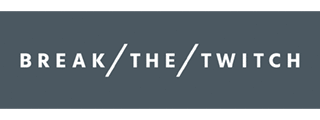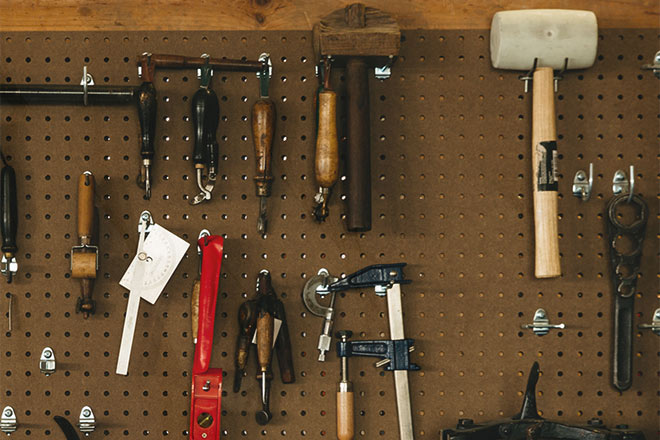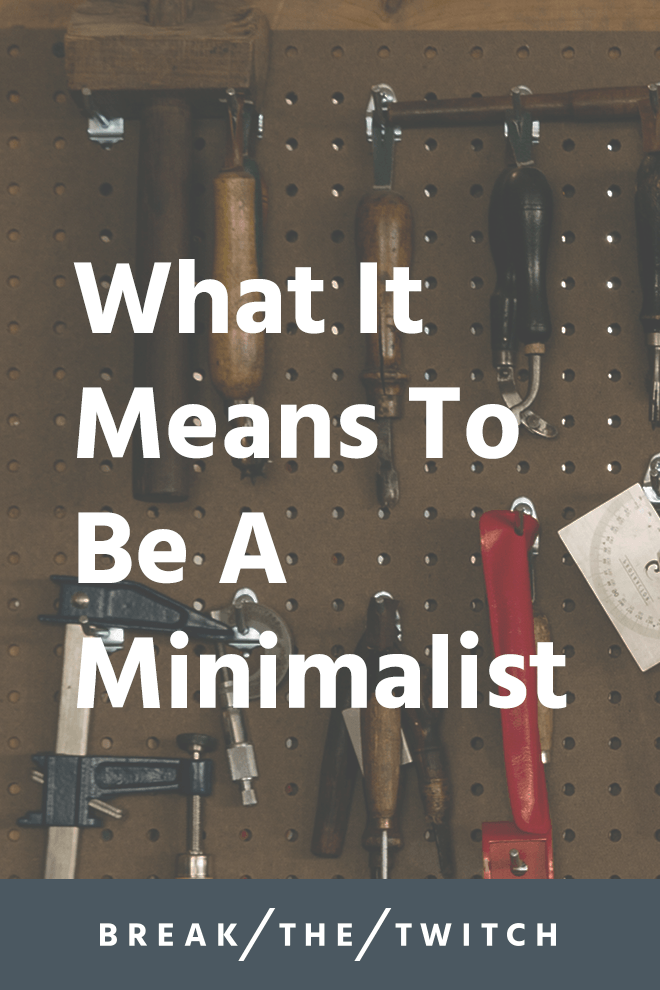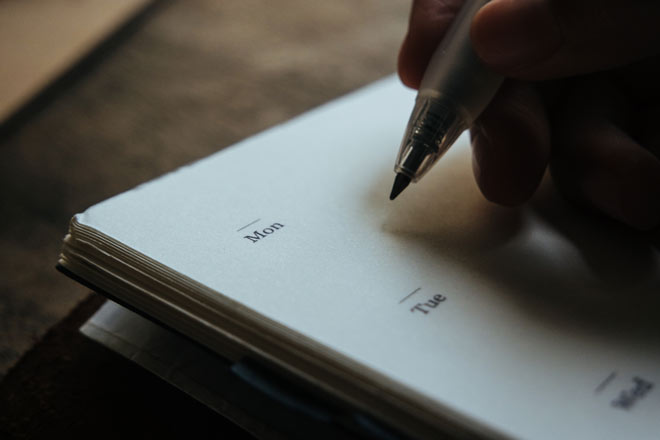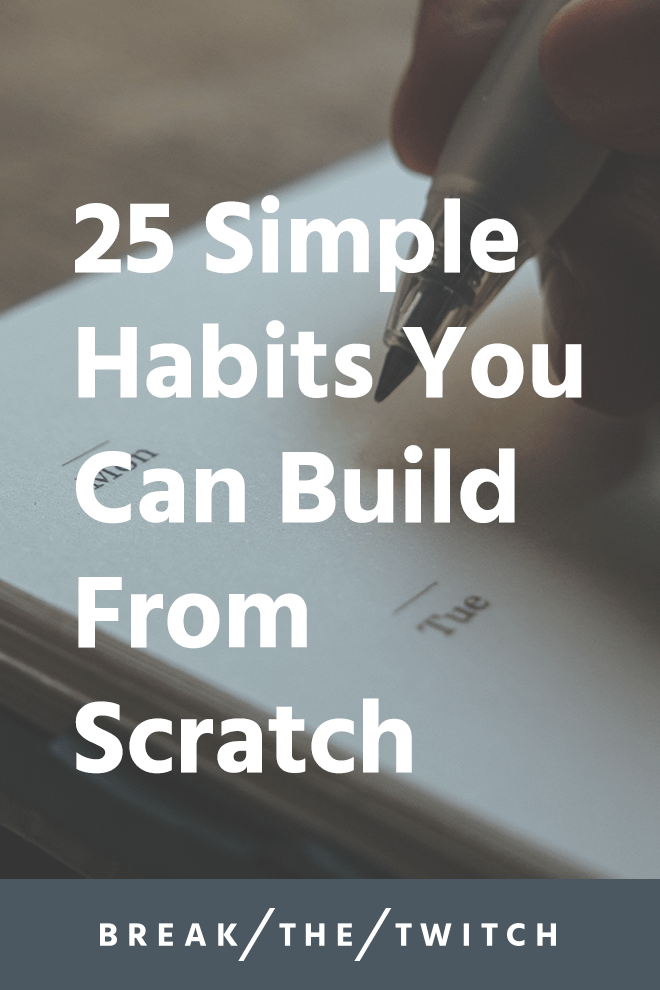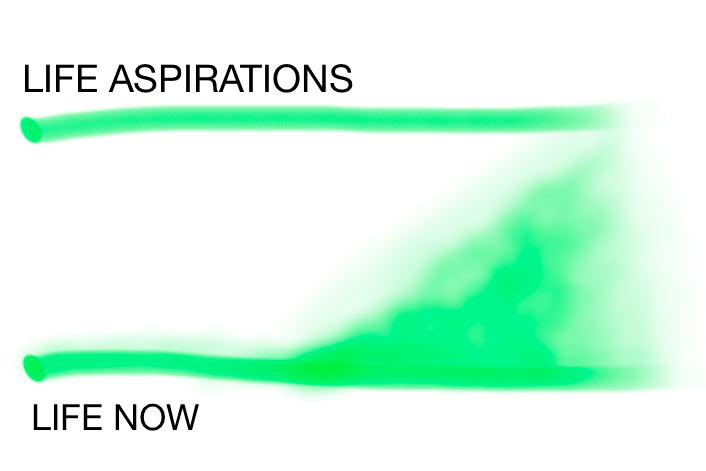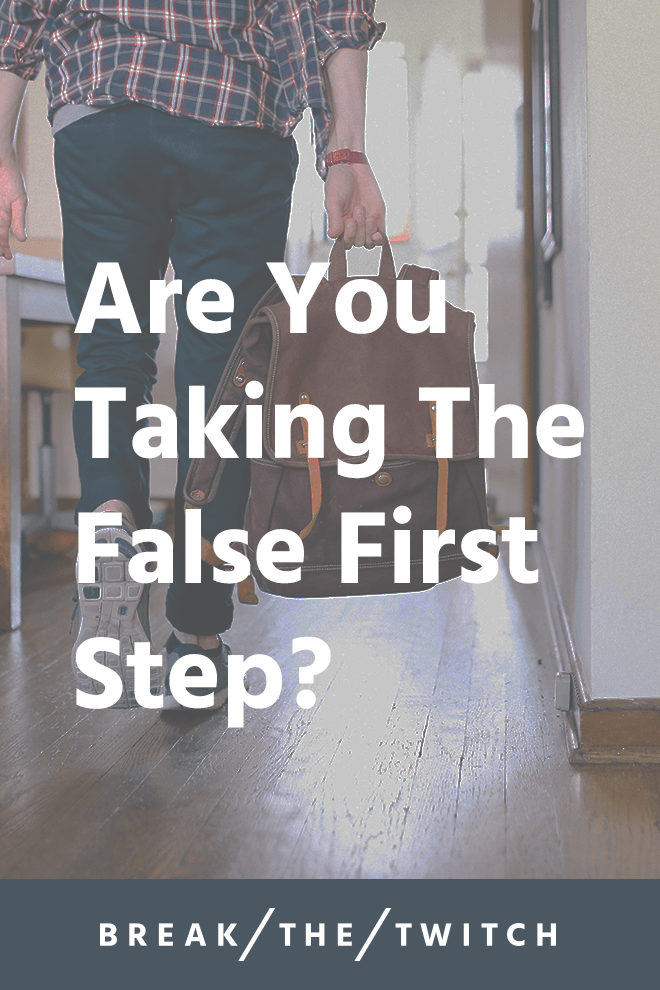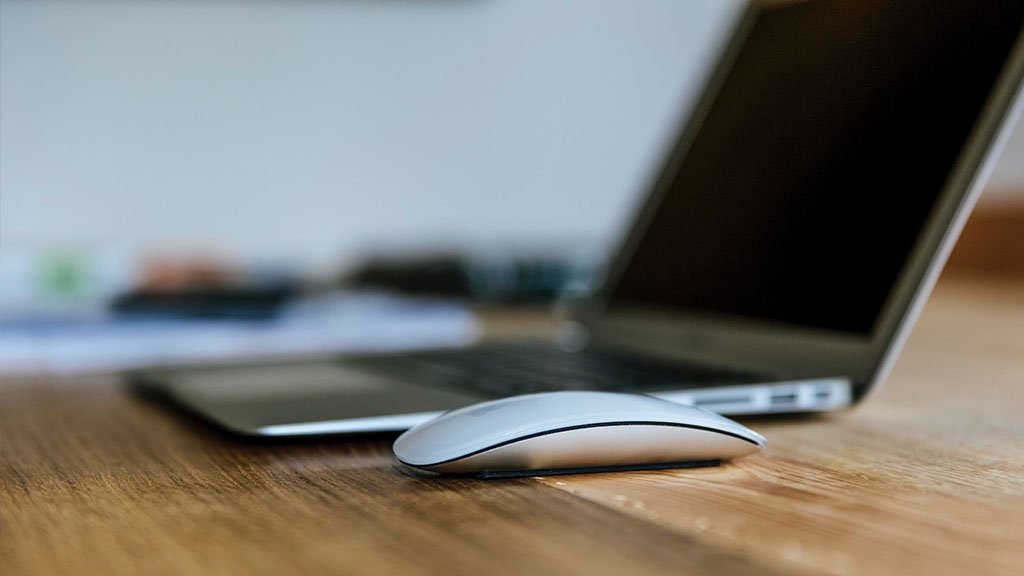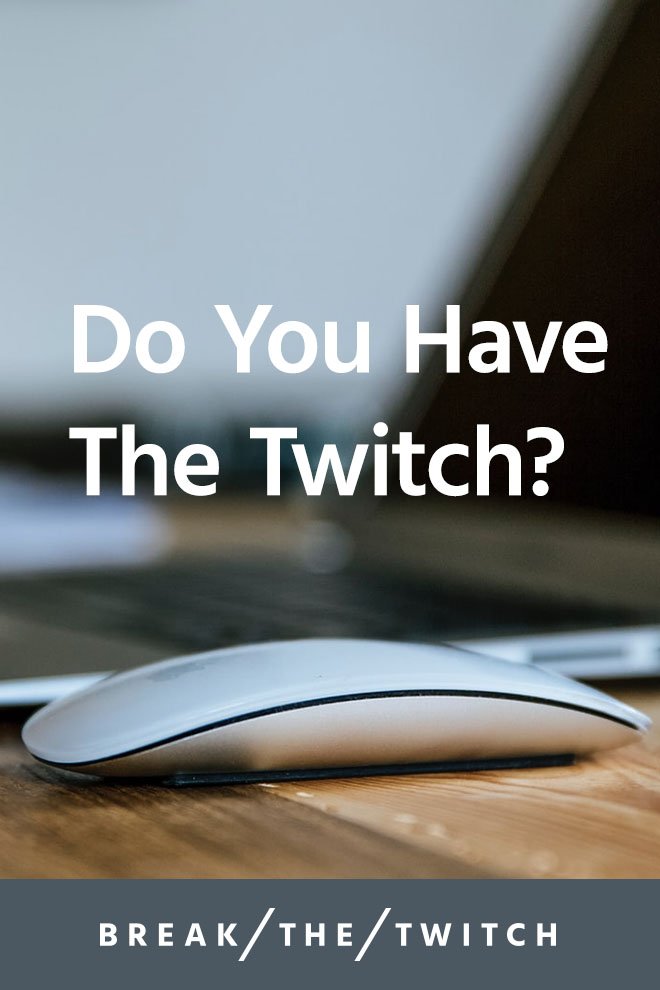
It might be a long weekend or a holiday vacation that takes us out of our usual element. In the new place, we don’t have the same habit triggers and setup that we had at home. The normal schedule is disrupted and eventually a long-standing habit is broken. Perhaps you’re building a habit of writing every day, and a particular election that occurs—one that you should probably comment on— but simply can’t quite get the right words together to do so. So you wait. Then it doesn’t quite feel right to write anything else, so you wait some more. Then a month goes by. When these situations inevitably happen, how do we get habits back on track?
Over the last few weeks, I’ve half-written a bunch of blog posts that you could be reading right now, but none of them felt quite right. At this point, so much has happened that I’m honestly not quite sure what one thing I could write about that would feel like I was making up for lost time. And the longer I let it go, the louder that sound echoed in my brain.
If you’ve felt this way too, understand that it’s completely human. We are not robots. Even though we can build up the discipline muscle over time, getting it stronger, every now and then we pull a muscle and need to take some time to recover. So now that you’re ready to get started, here’s how you can get back on track, too.
[Read more…] about How To Get Habits Back On Track After Time Off